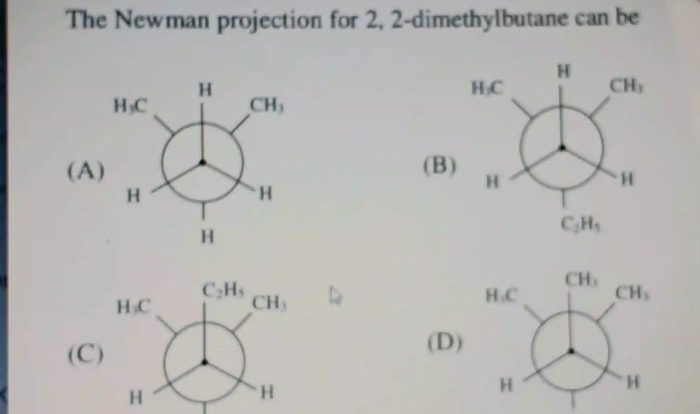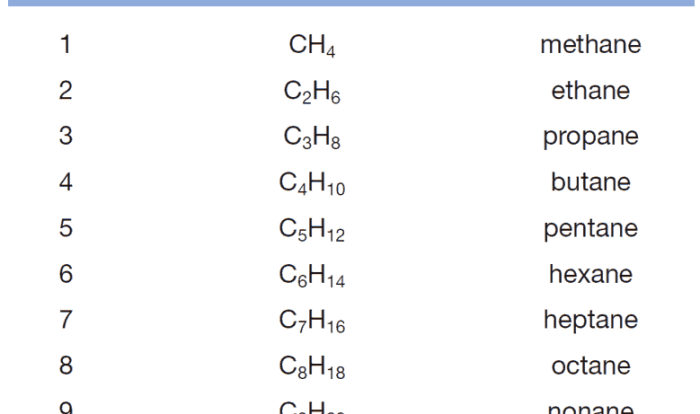Draw the ketone produced from the oxidation of 2-pentanol. – In the realm of organic chemistry, the oxidation of alcohols plays a pivotal role in the synthesis of various functional groups. This article delves into the specific oxidation of 2-pentanol, elucidating the mechanistic intricacies and exploring the properties and applications of the resulting ketone.
The oxidation of 2-pentanol involves the conversion of the primary alcohol group to a ketone functional group. This transformation is typically achieved using oxidizing agents such as potassium permanganate or chromic acid, which facilitate the transfer of electrons from the alcohol to the oxidizing agent.
Ketone Identification
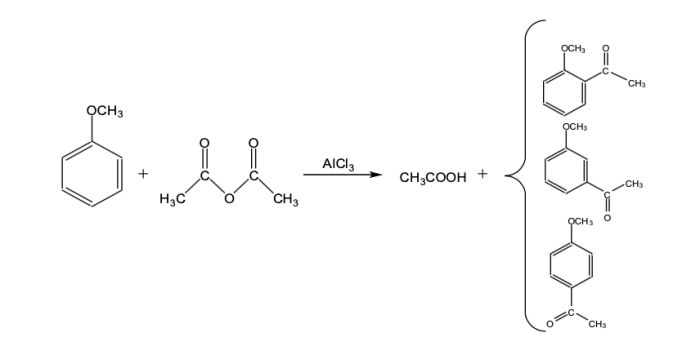
Oxidation is a chemical process that involves the addition of oxygen to a molecule. In the case of 2-pentanol, oxidation results in the conversion of the primary alcohol group to a ketone group. The reaction can be represented by the following chemical equation:
-pentanol + [O] → 2-pentanone + H2O
The oxidizing agent used in this reaction is typically a strong oxidizing agent such as potassium permanganate (KMnO 4) or chromic acid (H 2CrO 4).
Ketone Structure and Properties: Draw The Ketone Produced From The Oxidation Of 2-pentanol.
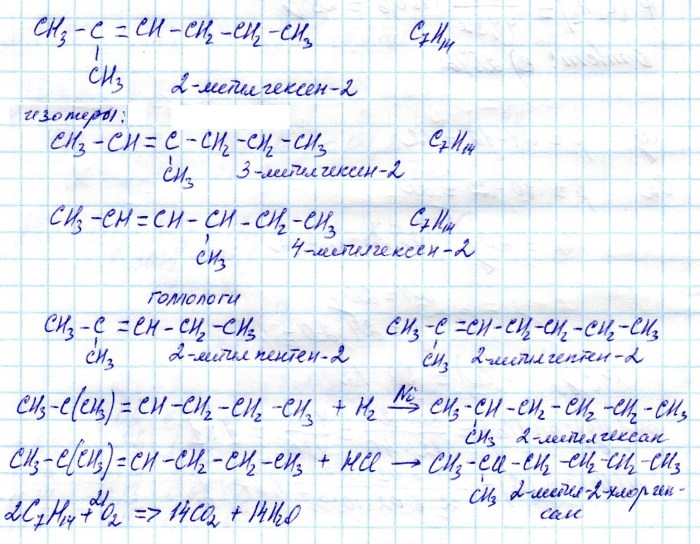
The ketone produced from the oxidation of 2-pentanol is 2-pentanone. It has the structural formula CH 3CH 2COCH 2CH 3and is a colorless liquid with a boiling point of 102 °C. 2-pentanone is soluble in water and organic solvents and has a characteristic sweet odor.
Ketones are characterized by the presence of a carbonyl group (C=O) in their structure. The carbonyl group is a polar functional group, which gives ketones their characteristic chemical properties. Ketones are reactive compounds that can undergo a variety of reactions, including nucleophilic addition, oxidation, and reduction.
Reaction Mechanism
The oxidation of 2-pentanol to 2-pentanone proceeds through a series of steps. The first step is the formation of a hemiacetal intermediate. The hemiacetal is then oxidized to an aldehyde, which is further oxidized to a ketone.
The rate of the oxidation reaction is influenced by a number of factors, including the concentration of the oxidizing agent, the temperature, and the solvent. The selectivity of the reaction is also influenced by the choice of oxidizing agent.
Synthetic Applications
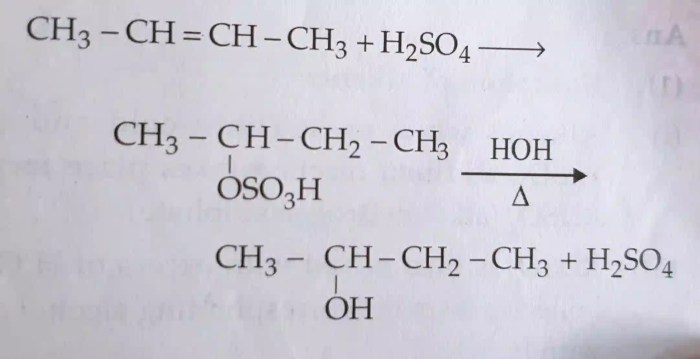
2-pentanone is a versatile starting material for a variety of organic reactions. It can be used to synthesize a variety of other compounds, including alcohols, aldehydes, and carboxylic acids.
One common use of 2-pentanone is in the synthesis of 2-pentanol. 2-pentanol can be synthesized by the reduction of 2-pentanone with a reducing agent such as sodium borohydride (NaBH 4).
Industrial Significance
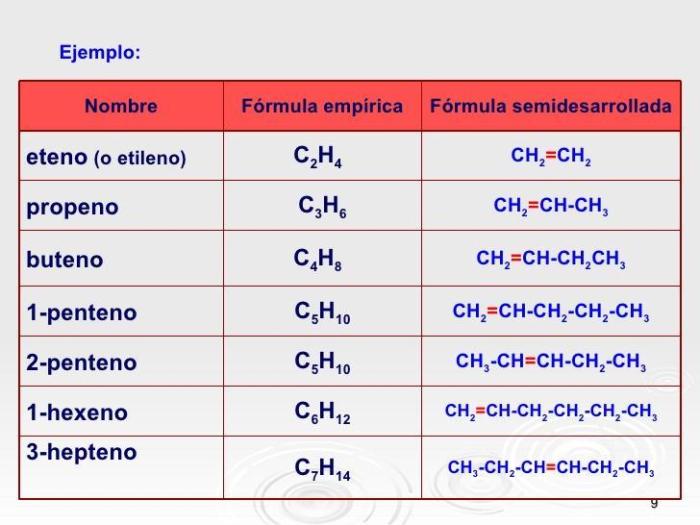
2-pentanone is an important industrial chemical. It is used in the production of a variety of products, including paints, coatings, and adhesives. 2-pentanone is also used as a solvent for a variety of other chemicals.
General Inquiries
What is the product of the oxidation of 2-pentanol?
The oxidation of 2-pentanol produces 2-pentanone, a ketone with the structural formula CH3CH2CH2COCH3.
What is the IUPAC name of the ketone produced from the oxidation of 2-pentanol?
The IUPAC name of the ketone produced from the oxidation of 2-pentanol is pentan-2-one.
What are the physical properties of 2-pentanone?
2-Pentanone is a colorless liquid with a boiling point of 102 °C and a density of 0.81 g/mL.
What are the chemical properties of 2-pentanone?
2-Pentanone is a reactive ketone that can undergo a variety of reactions, including nucleophilic addition, electrophilic addition, and oxidation.
